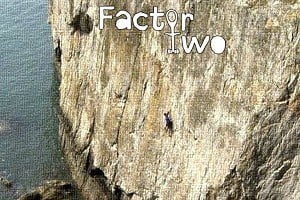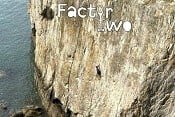In reply to static266:
My info is also 20 years old. But the answer to your question 'Do you have to use a guide for Nepals trekking peaks?' is yes, although you don't necessarily have to actually climb the peak with them.
The point of their system is that you have to pay the NMA for a permit and hire a climbing guide for the period of the climb. Most people will climb with the guide but in my experience I climbed Island Peak without a guide as we were warming up on it for Ama Dablam and our guides were over there fixing the route. The other guides at base camp or wardens who check your permit on route to a peak will want to know where your guide is and will (try to) prevent you from climbing if you haven't got one/paid for one.
So if your question is can I avoid paying for a guide the answer is no, not legally. But if you want to climb the route with your partner(s) and not be guided then yes that is possible as long as you hire a guide. People do climb illegally but these guys need the work and it is not on IMO.









